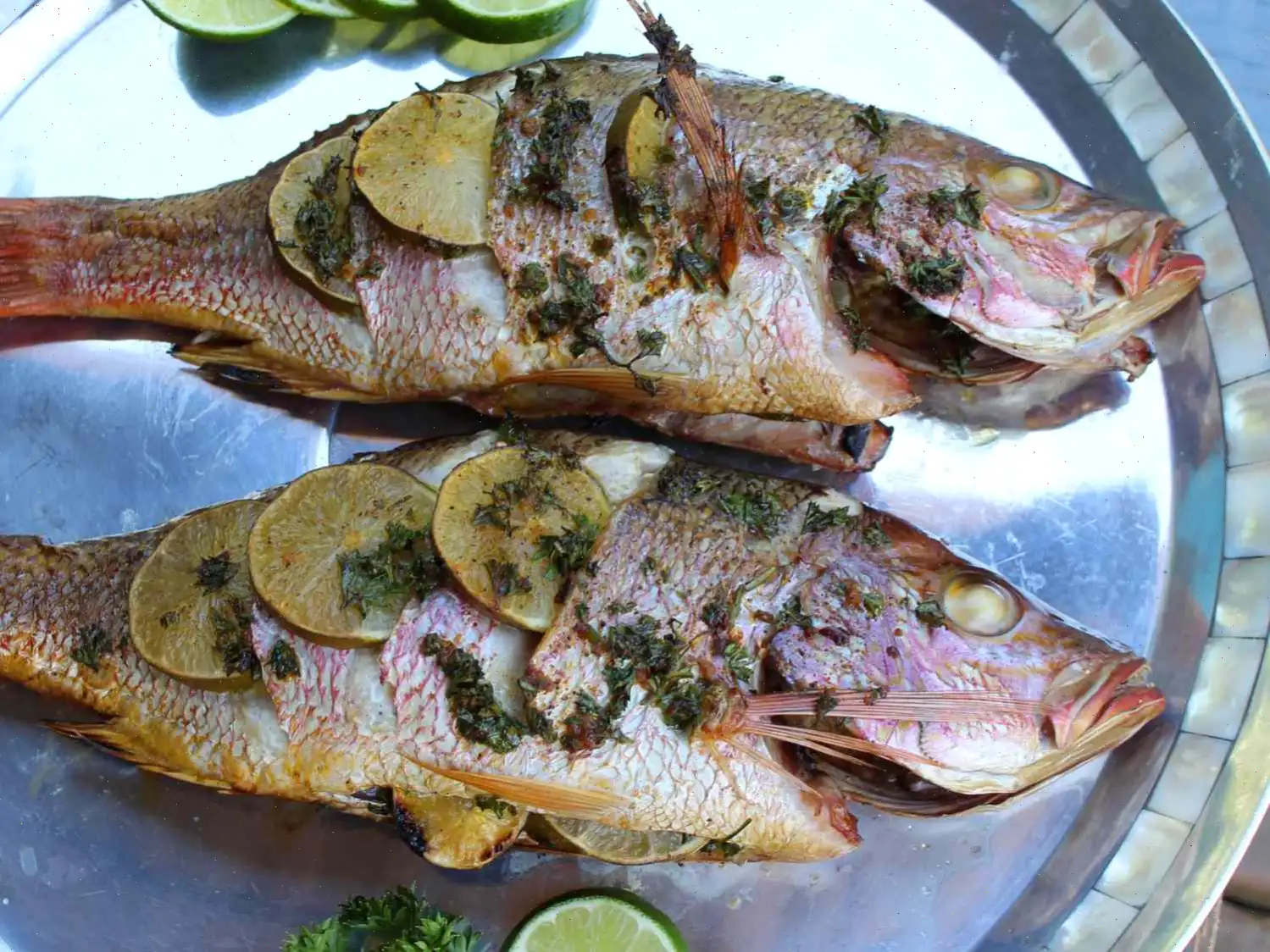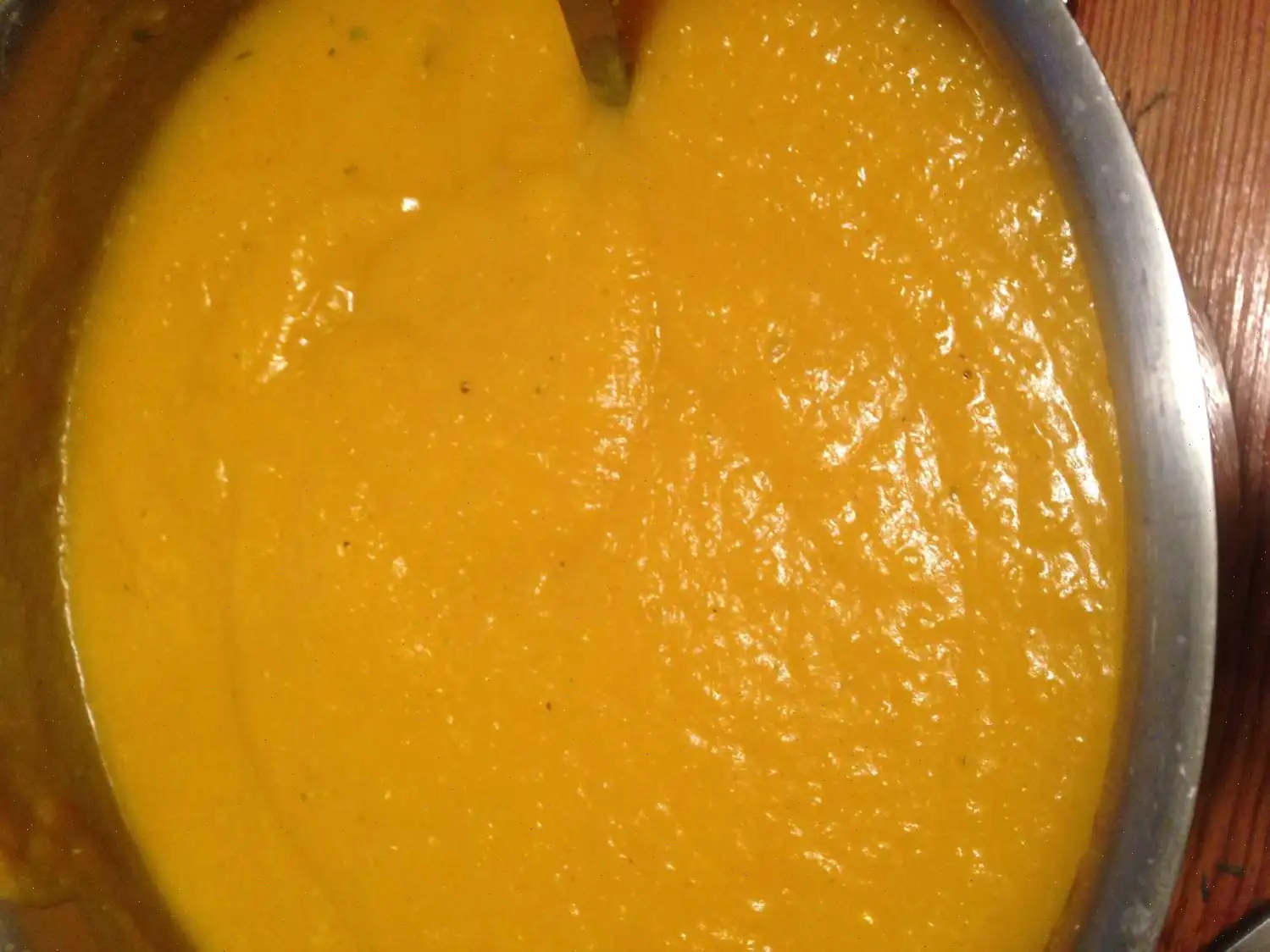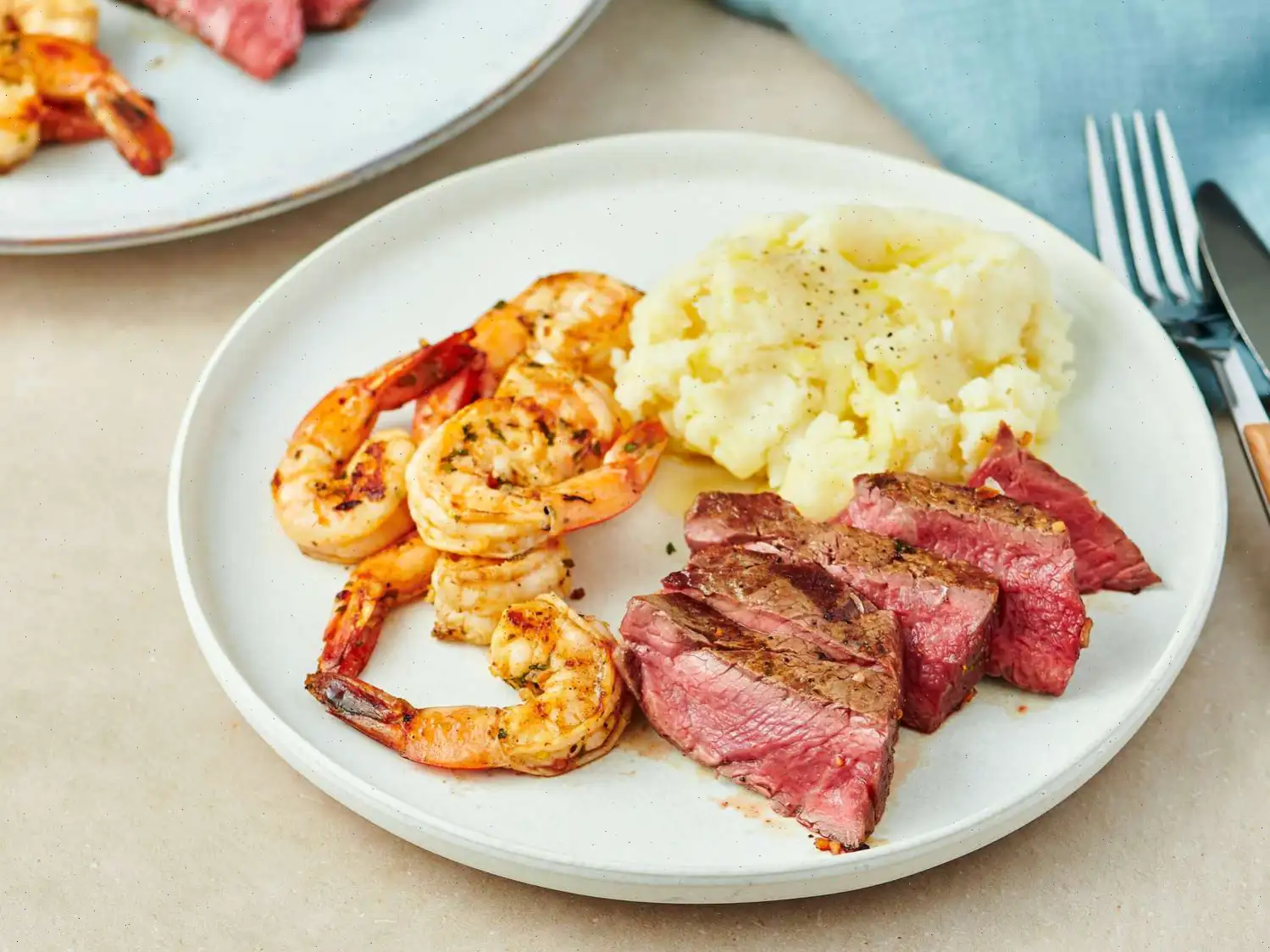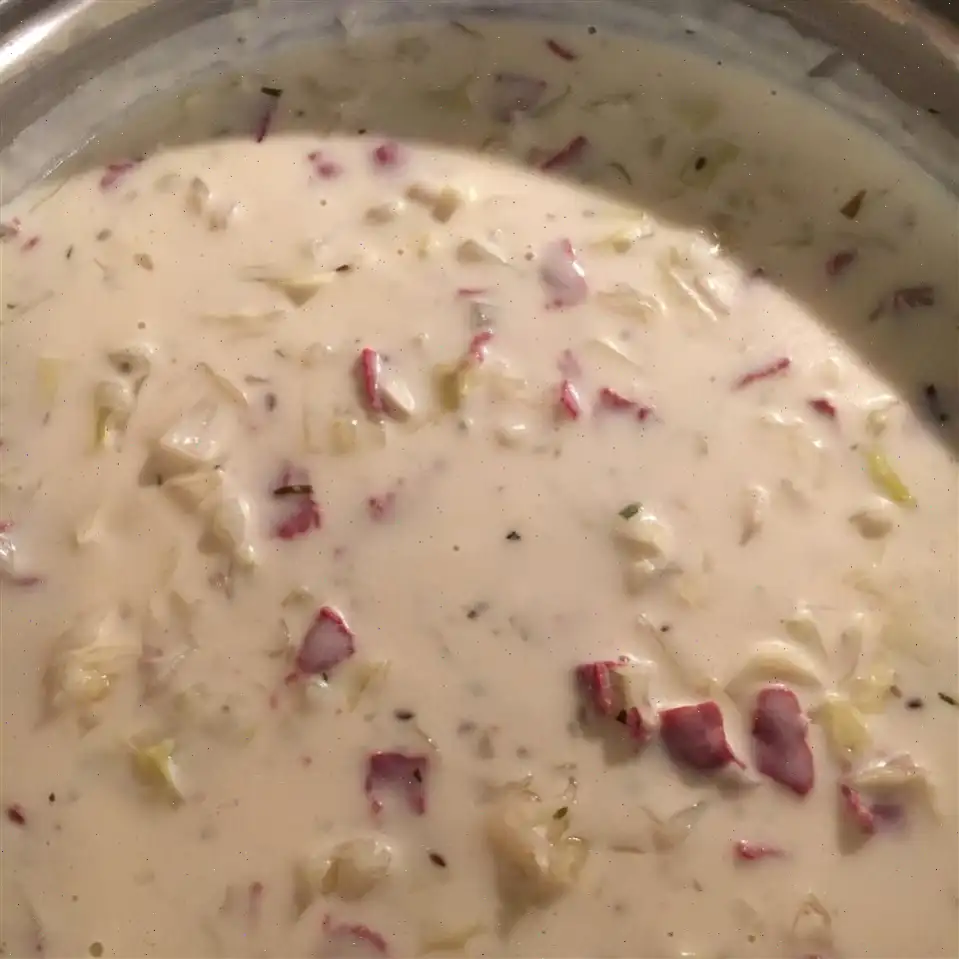
Rosh Hashanah Pilaf with Beets, Chard, and Beef from Iraqi Kurdistan Recipe
Ingredients
- cup basmati rice
- 4 ounces beets, peeled and shredded
- 5 cloves garlic, diced
- 4 teaspoons white sugar, divided
- 1 large lemon, juiced
- 1 teaspoon dried dill
- 1 teaspoon dried tarragon
- 1 teaspoons kosher salt, divided
- 1 tablespoon vegetable oil
- 1 pound 85% lean ground beef
- 1 large onion, diced
- 1 cup water
- 4 ounces beets, peeled and cut into -inch cubes
- 2 large bunches chard leaves, stems removed
Directions
- Rinse the rice thoroughly in a large bowl of water, changing the water until it runs clear. Then, cover the rice with fresh water and let it soak for 1 hour.
- Once soaked, drain the rice and combine it with the shredded beets, diced garlic, 2 teaspoons of sugar, half of the lemon juice, dried dill, dried tarragon, and teaspoon kosher salt.
- Heat the vegetable oil in a 6-quart stock pot over medium heat. Add the ground beef along with the remaining kosher salt. Cook the beef, stirring frequently, until browned (5 to 10 minutes). Remove the beef from the pot using a slotted spoon and set aside, leaving the oil behind.
- In the same pot, add the diced onion and cook, stirring frequently, until golden brown (5 to 10 minutes). Add the cubed beets and saut for another 5 minutes.
- Remove the onion and beets from the pot and set them aside with the beef.
- In a small bowl, combine the water, remaining lemon juice, and the remaining 2 teaspoons of sugar to create the sweet and sour water.
- Place one layer of chard leaves at the bottom of the pot. Add half of the rice mixture, followed by another layer of chard leaves. Next, add half of the beef mixture, followed by another layer of chard leaves. Top with the remaining rice mixture, another layer of chard leaves, and the remaining beef mixture. Finish with a final layer of chard leaves.
- Use a long, thin knife to pierce the chard leaves several times to allow steam to escape during cooking.
- Pour the sweet and sour water over the layers in the pot.
- Bring the pilaf to a gentle simmer over medium heat, then reduce the heat to very low, cover, and let it cook for 30 minutes.
- Once cooked, remove from the heat and allow the pilaf to rest for 15 minutes before serving.
Cook's Notes
- You can substitute ground lamb for the ground beef, or use any long-grain rice instead of basmati.
- Dried basil can be used instead of tarragon for a slightly different flavor.
- If using table salt, reduce the amount compared to the kosher salt used in the recipe.
Nutrition Facts (per serving)
- Calories: 311
- Total Fat: 12g (16% Daily Value)
- Saturated Fat: 4g (21% Daily Value)
- Cholesterol: 50mg (17% Daily Value)
- Sodium: 754mg (33% Daily Value)
- Total Carbohydrate: 34g (12% Daily Value)
- Dietary Fiber: 4g (15% Daily Value)
- Total Sugars: 8g
- Protein: 19g (38% Daily Value)
- Vitamin C: 47mg (52% Daily Value)
- Calcium: 90mg (7% Daily Value)
- Iron: 4mg (21% Daily Value)
- Potassium: 736mg (16% Daily Value)
Note: Percent Daily Values are based on a 2,000 calorie diet. Your daily values may be higher or lower depending on your calorie needs. For those following a medically restrictive diet, consult with a healthcare professional before preparing this recipe.
This flavorful and hearty pilaf, traditionally prepared for Rosh Hashanah, is a layered dish of rice, beets, chard, and beef. Originating from Iraqi Kurdistan, it carries rich historical and cultural significance, particularly in the Jewish community. The sweet and savory blend of ingredients creates a unique dish, perfect for celebrating the Jewish New Year.
History and Origins
The origins of this pilaf lie deep within the Kurdish Jewish tradition, which spans back thousands of years. Kurdish Jews, who once lived in the mountainous regions of Iraq, often prepared elaborate dishes to celebrate the Jewish New Year, Rosh Hashanah. The dishs distinct combination of beets, chard, and beef symbolized abundance and prosperity, while the use of sweet and sour flavors represented the hope for a balanced and sweet year ahead. Over time, these dishes traveled with Kurdish Jewish immigrants, maintaining their place in the culinary traditions of Israel and beyond.
Regional Variations
As with many traditional Middle Eastern dishes, regional variations of this pilaf exist. In Iraqi Kurdistan, the pilaf is typically made with basmati rice, a common staple in the region, and it may include lamb as a substitute for beef, which is often preferred for its richer flavor. In Israel, the same recipe might be prepared with slight modifications, such as the inclusion of additional spices or vegetables, reflecting local tastes and ingredient availability. However, the core elementsbeets, chard, and the layered cooking methodremain consistent across regions.
Distinguishing Features from Similar Dishes
What sets this pilaf apart from other Middle Eastern rice dishes, such as the popular Persian pilaf or Turkish pilav, is its distinctive use of beets and chard. While many pilafs feature rice as a base, the addition of beets not only imparts a vibrant color but also a subtle sweetness, which contrasts beautifully with the savory beef and tangy lemon. The chard adds a layer of texture and flavor, balancing out the richness of the meat and the earthy beets. Additionally, this dish is often served as a one-pot meal, with layers of rice, meat, and vegetables cooked together, creating a harmonious blend of flavors.
Where It's Typically Served
Rosh Hashanah Pilaf with Beets, Chard, and Beef is typically served during the Jewish New Year celebrations, particularly in Jewish communities with ties to Iraq and Kurdistan. It is a festive dish that is enjoyed by family and friends, often as part of a larger spread that includes other traditional foods such as honey cakes and pomegranate dishes, symbolizing wishes for a sweet and fruitful year. Although it is most commonly made during Rosh Hashanah, the pilaf can also appear on the table during other significant Jewish holidays or festive gatherings, and it is popular among those seeking a hearty, flavorful meal.
Interesting Facts
- The use of beets in this dish is symbolic of the desire for a sweet year ahead, as beets are sweet when cooked, and their deep red color represents a wish for prosperity.
- The layering method of cooking, similar to a savory casserole, is a technique passed down through generations and is characteristic of many Middle Eastern and Kurdish dishes.
- In Iraqi Kurdistan, the dish would typically be cooked over an open flame or in a clay pot, lending it a smoky, earthy flavor that is unique to the region.
- While the dish is associated with Jewish holidays, the ingredientsbeets, chard, and riceare commonly used throughout the Middle East in both Jewish and non-Jewish culinary traditions.








